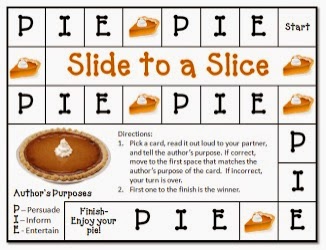In particular, I would like to highlight her Measurement Wars series of resources. One, because it perfectly suites my needs to review standard and metric measurement. Two, because I love to make learning more of a game, and task cards almost always fit that bill.
She has a length, capacity, and Mass bundle:
She also has posters that provide a handy reference guide for students while they are using the various units of measurement. I plan to have these posters available to students as a review while they are playing the Measurement Wars games.
If you're looking for a specific measurement concept, she has the bundle broken down into:
Length Measurement Wars
Capacity Measurement Wars
Mass (Weight) Measurement Wars
I have been trying to have stations available to students for what I call "Experiment Day/Week." I break the class up into groups of 3 or 4 and have them rotate through various stations. They record their findings at each station on "report sheets" and turn the report sheets in at the end of the week for a grade.
I float through the stations to check for understanding and correct any misconceptions. If I see that a group has completed the assignment, I sign off on their report sheets and allow them to get the materials for the next station.
I always make the station that requires the lab equipment the "teacher station." That way, I can supervise the
I can't wait to make these task cards part of the game station!






















































